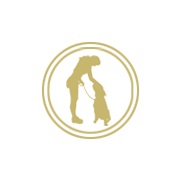Privacy Policy: Your email address is 100% safe.
We don't spam and hate it as much as you do :-) You can also unsubscribe from our mailing list at any time.
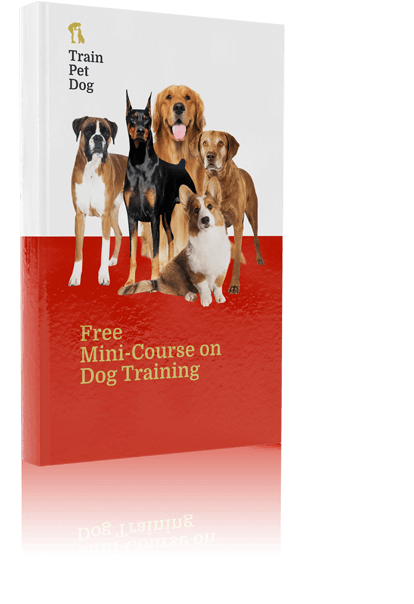
Sign Up
Munsterlander: Personality, Health, Grooming
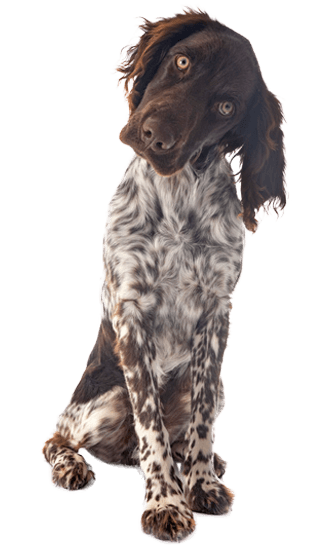
Country of Origin, History of Munsterlanders
The Large Münsterländer evolved in Münster, Germany from its smaller cousin in the 1800's. Its excellent nose properly indicates the correlation to the Lower Saxon area; its similar conformation to the German Longhaired Pointer and Continental setters suggests that connection as well. Many insist that the Grosser Münster was once simply the black and white Longhaired Pointer.
|
Originally a Small Münsterländer was bred to work with noble families' falconers before guns were used in bird and small game hunting By the 1800s the breed had fallen into obscurity. Small Munsterlanders were little known, kept by a few families on farms around Munster. At the end of the 19th century, a concerted effort was made to re-establish the breed from the remaining lines in the Munster region. |
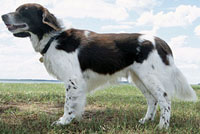 |
Munsterlander Tools
Breed Selector Tool - is the Munsterlander the right breed for you?
Is the Munsterlander the right breed for you and your family?
Find out by using our Free Dog Breed Selector Tool
Check Your Munsterlander's Learning Style
Are you aware dogs also have a learning style that can greatly affect their ability to housetrain as well as be trained correctly. Evaluate your Munsterlander's learning style and personality using our free Learning Style tool so that you are better able to provide him with the proper Munsterlander training methods.
Is your Munsterlander dominating over you?
Does your Munsterlander bark unnecessarily? Does your Munsterlander come to you when you call? Download a FREE Report on Dog Dominance for you and your Munsterlander and learn how to control your dog.
Do you make these mistakes with your Munsterlander?
Are you inadvertently snow-balling bad behavior in your Munsterlander? Evaluate your Dog Training Style from our Free Tool and learn how best to deal with your dog.
Munsterlander Calorie Calculator
Do you know how many calories your Munsterlander needs every day and how many cups of food you should be giving it every day? Click here to use our Munsterlander Calorie Calculator.

A General Description of the Breed
Large Münsterländer
The Large Münsterländer possesses a well-balanced and athletic conformation suggestive of easy, elegant and steady movement and drive. The breed's head is sufficiently broad and slightly rounded giving an impression of stability, even dignity. Solid black with a white snip or star is allowed. The body is generally white with black patches, flecked and/or ticked. Its broad, round-tipped ears hang close to the head. They should have a scissors bite. The eyes are dark and heavy lidded. The coat is long and dense, neither curly nor coarse. It has feathers on the ears, front and hind legs, and tail. There should be no feathering on the backside of the upper feet, so that you can see the 90 degree angle.
Males usually have larger heads, longer hair on the chest and more feathering than females. When the dog stands, his extended hind feet should stand in a right angle to the ground. It has firm, strong feet with ample hair between the black-nailed toes. The tail is carried horizontally and may be left intact or have a just a tiny bit of the end removed.
Small Münsterländer
The body of a Small Münsterländer is lean yet powerful and not prone to becoming overweight. Coloration is large patches of brown on a ticked or solid white background. The soft coat is of medium length
Height
Large Münsterländer :
Height: 23-25.5 inches (58-65 cm.).
Small Münsterländer : Height : 18-20 inches
(45-50 cm.)
Weight
Large Münsterländer
:Weight: 50-70 pounds (23-32 kg.).
Small Münsterländer :Weight : Around 45
pounds (20 kg.)
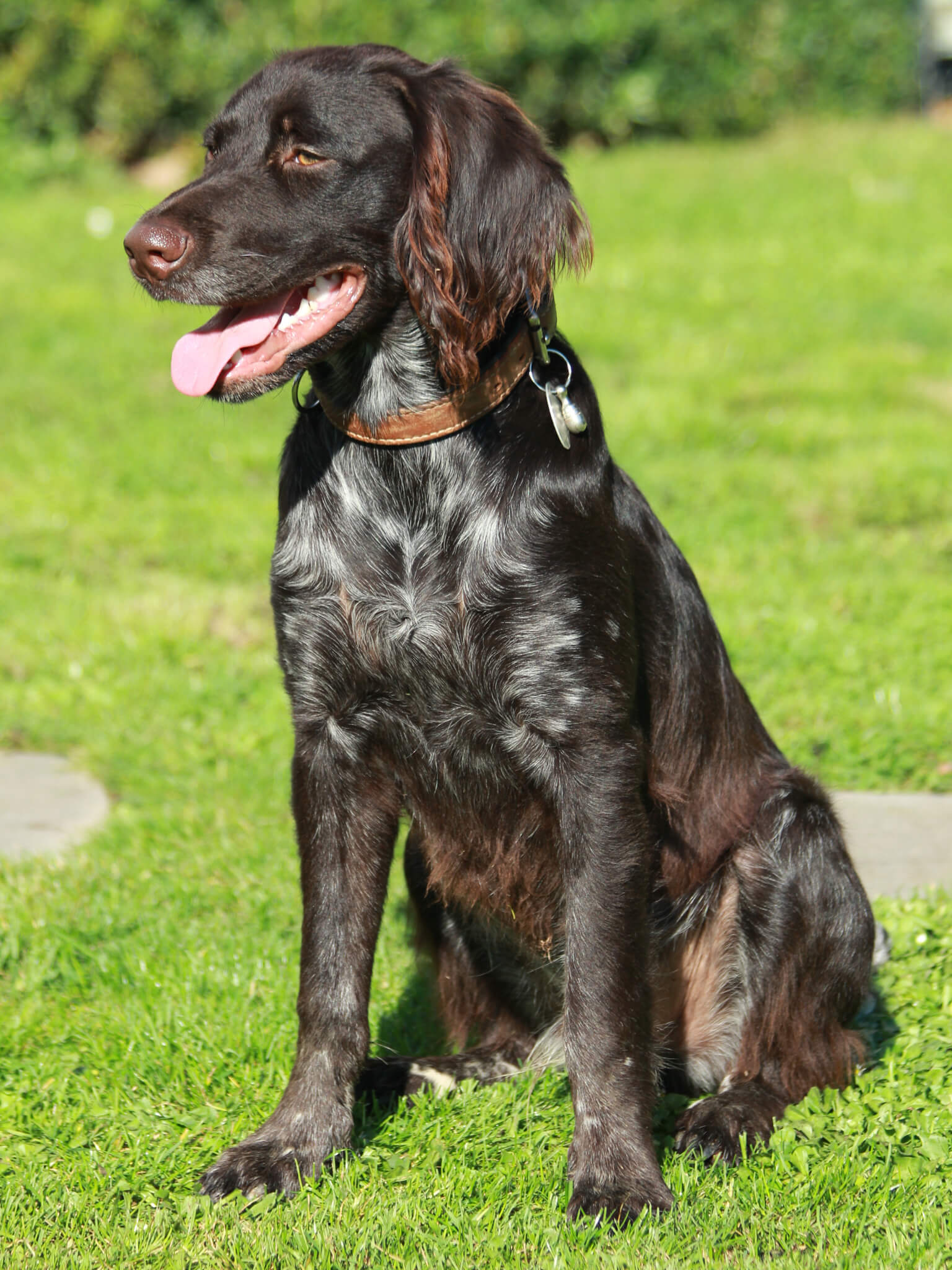


Free Munsterlander Training Secrets
Free Course on Munsterlander Training & Obedience
Stop All Bad Behavior, Excessive Barking and Biting
Munsterlander Personality Traits
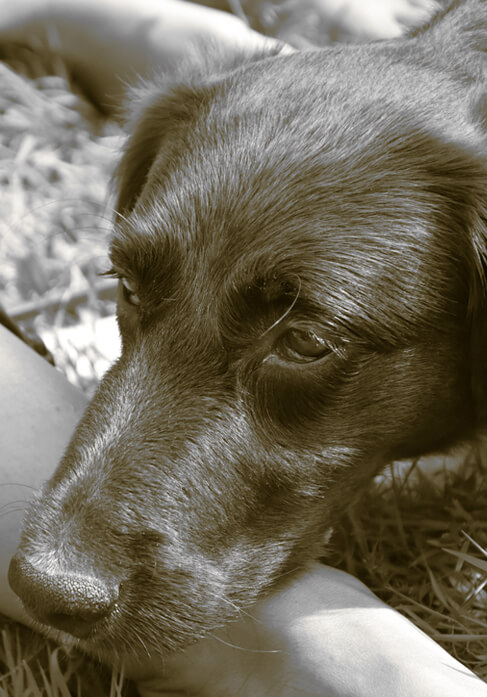
Temperament of the Breed
Both the Large and Small Münsterländer are courageous, loyal, friendly, cheerful, intelligent and obedient breeds. They make wonderful house companion dogs. They are working dogs, are suitable for children, but not good guard dogs.
Large Münsterländer
The LMs grow very dependent on their owners and hate being left alone. This dog will adapt to any terrain and every type of hunting. It is resistant to fatigue and bad weather. Particularly appreciated for the sureness of its point and the precision with which it retrieves, specially from water.
It loves water and has shown itself to be a dedicated enemy of birds of prey. When it spots a bird or rabbit it will usually freeze in its motion.Its head will point towards the prey and its whole body shifts slightly forward; one of the front feet will often be off the ground. The rapid motion freeze will prevent the prey from being alarmed and shows the hunter where the prey is hiding. Described by the German word "Vorsteh" (hund).
Small Münsterländer
The SMs have a very strong drive to follow their keen sense of smell. They love swimming, too. The remain a keenly focused, even driven, hunter-pointer-retriever when in the field. They are not suited to life in a kennel because of their sociable nature and need to interact with people.
SMs will pick an individual person to bond most closely with, typically the one who hunts with the dog, but will revel in the company of the rest of the family, too. When raised with other pets in the household, such as cats, they can coexist happily though they may enjoy a game of chase and point. Unfamiliar small animals outdoors will not be tolerated in the same way.
Better suited to outdoor or indoor lifestyle?
The Large Münsterländer is not recommended for apartment life. They are moderately active indoors and will do best with at least a large yard. The Münsterländer wants to play (with a bone or toy), specially when it is outdoors. They might attack smaller animals.
Munsterlander Activity Level
How active is the breed?
As with all their hunting relatives, they require sufficient exercise. They need to be taken on a daily, brisk walk, run or jog. In addition, engaged in active play, it will usually be tired in 20 minutes. Two to three 20-30 minute sessions a day will make this dog happy. They make great companions for active, outdoor people.
The Small Münsterländer requires more than an hour's exercise everyday and gentle and patient training, which provides excellent results. They are also strong-willed and an owner who is inconsistent or indecisive might find that his dog is hard to control. Both voice and hand signals are used, and an SM looks back at the hunter for silent signals at intervals when on hold or pointing.
They respond well to training and pick up obedience trainings fast. Münsterländers can easily learn to come and sit on command in the first six months of life.
Grooming
The bitch of this species has a shorter coat and will not need much grooming. A brushing every 3-4 days should be enough. The dog has a longer coat and needs a good brushing every second day. This breed is a seasonally heavy shedder especially in the spring. Regular grooming will keep the shedding down.


Free Munsterlander Training Secrets
Free Course on Munsterlander Training & Obedience
Stop All Bad Behavior, Excessive Barking and Biting
Health and Care
Some lines are prone to hip dysplasia although it is not common in this breed.
National Breed Clubs
Life Expectancy: About 12-13 years.
Group: Large Munsterlander - Gun Dog group, Small Munsterlander - Hunting / Pointing / Retrieving Group.
AKC Popularity Ranking: Not recognized by AKC.
Also Known As: Grosser Münsterländer Vorstehhund. (Large
Münsterländer)
Kleiner Münsterländer Vorstehhund (Small
Münsterländer)
Train Your Munsterlander To Listen To You
Get Instant Access to Your Training Now - For Free
Sign up for our Free Munsterlander Mini Course to have a housebroken, obedient dog that happily comes to you every time you call.
You'll learn new commands to obedience-train your dog as well as how to housebreak your dog in 6 days or less.
You'll also learn how to eliminate bad habits like barking, nipping or biting, jumping, or pulling on the leash.Here's just s small fraction of what else you'll learn in the course:
How to lead and think like a pack dog - the new psychology.
3 dangerous mistakes that most Munsterlander owners make when they are trying to potty train their dogs.
The 2 main reasons why your dog barks excessively and how to control its excessive barking.
How to obedience train your Munsterlander to permanently end behavioral problems like Jumping, Aggression, Pulling on Leash.
A surprisingly easy way to teach your dog cool new tricks.
How to improve your dog's lifespan and keep it from getting overly heavy with a healthy and nutritious diet.
Getting Pro help fast - how to get access to our expert trainers when you need them most.
One hidden psychological trigger that all Munsterlanders have... that practically allows you to "analyze" and "control" your dog's every action.
Priority access to the free online seminars conducted by our training experts.
Whereas other dog training related web sites and books offer generic information for dogs in general, ours is the ONLY web site that offers Munsterlander information specifically, from a renowned panel of experts - because as you probably know, Munsterlanders have their own special training requirements that other dogs don't have.
Our Dog Experts
The Munsterlander training information you will read here was developed by a panel of renowned dog training experts whose combined wisdom represents nearly 100 years of specialist experience training dogs.
Here are a few of our experts:




